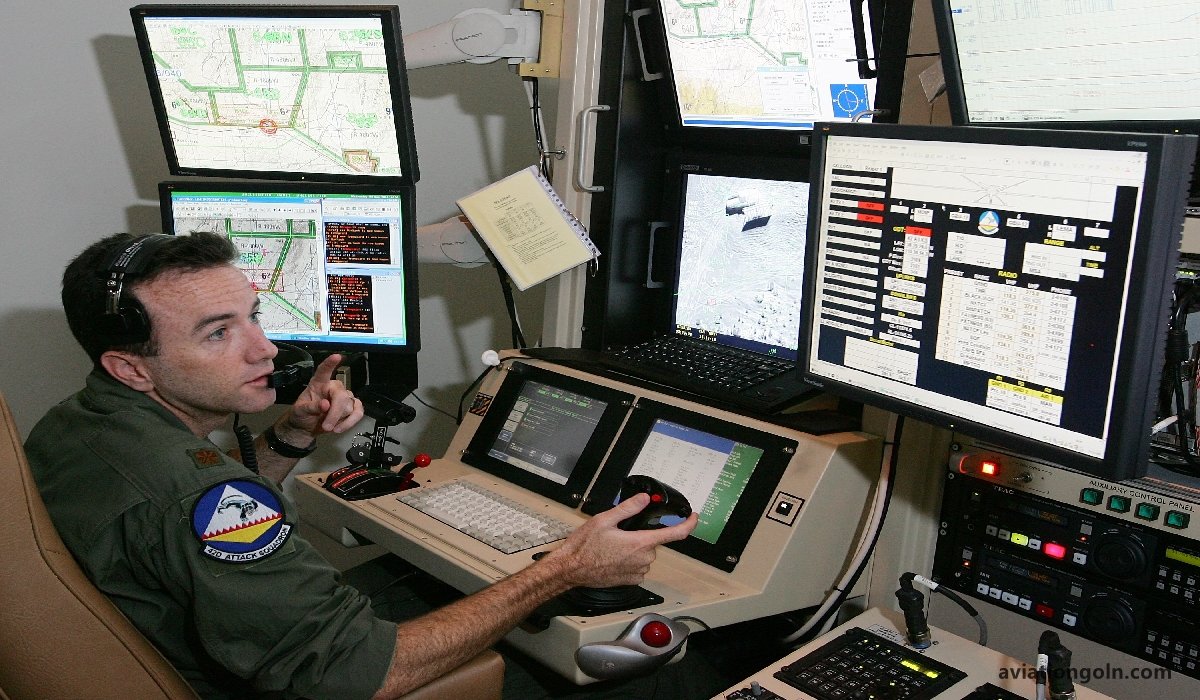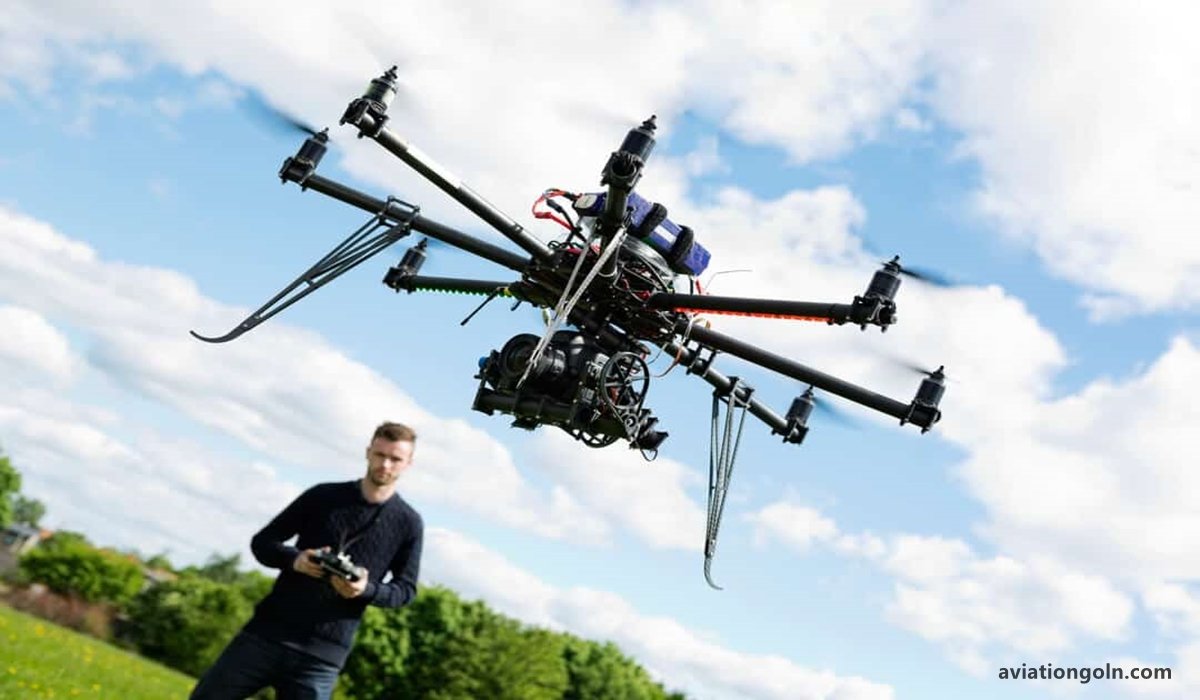Drone Pilots and Operators: In the realm of aviation, few advancements have garnered as much attention and interest as unmanned aerial vehicles (UAVs), more commonly known as drones. The commercial, recreational, and strategic potential of drones is immense, and their relevance in today’s world is undeniable.
At the heart of this revolution are drone pilots and operators, individuals who navigate these machines and leverage their potential. This article explores the world of drone pilots and operators, diving deep into the careers they can pursue and the future of aviation technology.
Drone Pilots and Operators: Drone and Future Aviation Technologies Careers

II. The Rise of the Drone
The proliferation of drone technology has been swift. Initially used primarily for military applications, drones have evolved to play critical roles in various commercial sectors, from agriculture to entertainment. This evolution has created a burgeoning demand for skilled drone pilots and operators.

III. Becoming a Drone Pilot: Skills & Training
a. Training & Certification: Depending on the country, the regulatory body overseeing aviation (e.g., the FAA in the USA) often mandates specific certifications for commercial drone pilots. This usually involves a knowledge test, practical training, and adherence to operational guidelines.
b. Skills Required: Beyond certification, a proficient drone pilot should have keen spatial awareness, good hand-eye coordination, and an understanding of weather patterns. Knowledge about airspace regulations, safety precautions, and equipment maintenance is crucial.

IV. Career Avenues for Drone Pilots and Operators
a. Agriculture: Drones have become essential tools in precision agriculture. They’re used for soil analysis, planting, crop monitoring, and irrigation. As a drone operator in this field, one can contribute to enhancing farm yields and efficient farming practices.
b. Real Estate & Construction: Drones are revolutionizing real estate with aerial photography, helping showcase properties in never-before-seen angles. In construction, they’re used for site surveys, progress monitoring, and safety inspections.
c. Filmmaking & Photography: The entertainment industry has embraced drones for aerial shots, reducing the reliance on expensive helicopter shots. Many filmmakers and photographers now prefer drone operators with storytelling capabilities.

d. Emergency Services: Drones play a vital role in search and rescue operations, fire monitoring, and disaster relief, providing real-time data without risking human lives.
e. Delivery & Logistics: Companies are experimenting with drone deliveries for parcels, medicines, and even food. As this field grows, there will be increased demand for skilled drone pilots.
f. Inspection & Surveillance: Drones are used for inspecting infrastructure like bridges, power lines, and pipelines. In surveillance, they help in border patrol and large-event monitoring.

V. The Future of Drone Technology
a. Beyond Visual Line of Sight (BVLOS) Operations: Current regulations in many countries limit drone operations to the visual line of sight. However, advancements are pushing the boundaries to enable BVLOS operations, which will expand opportunities for drone pilots.
b. Autonomous Drones: The future may see more drones operating semi-autonomously or autonomously. Drone pilots and operators would then transition into roles where they supervise and manage fleets rather than control individual drones.
c. Integration into Air Traffic: As drones become commonplace, there will be challenges in integrating them safely into traditional air traffic. This will require drone operators with a deep understanding of air traffic control and airspace management.

VI. Future Aviation Technologies and Career Opportunities
The world of aviation technology extends beyond drones:
a. Urban Air Mobility (UAM): The idea of air taxis and short intra-city air travel is gaining traction. As UAM vehicles become operational, they’ll need pilots, operators, and traffic managers.
b. Electric & Hybrid Aircraft: The move towards greener aviation will see the rise of electric and hybrid planes. This will necessitate pilots and engineers with specialized training.
c. High-speed Mobility: Projects like the Hyperloop, while not traditional aviation, are the future of high-speed transport. They will offer unique career opportunities for those with a background in aviation technologies.

VII. Preparing for the Future: Continuous Learning and Adaptability
The world of drones and aviation technology is ever-evolving. For aspiring drone pilots and aviation technologists, continuous learning is essential. This involves:
a. Staying Updated: Regularly updating oneself with the latest in aviation technology, regulations, and industry best practices.
b. Networking: Joining professional bodies, attending seminars, and participating in workshops can be invaluable.
c. Embracing Technology: As automation and AI play more significant roles in aviation, understanding and embracing these technologies will be crucial.

Drones and future aviation technologies present a promising frontier with myriad opportunities. For those willing to ride this wave, the sky is not the limit; it’s just the beginning. Drone pilots and operators are at the vanguard of this revolution. With the right skills, training, and mindset, they can chart a trajectory for a rewarding career in the ever-evolving landscape of aviation technology.
